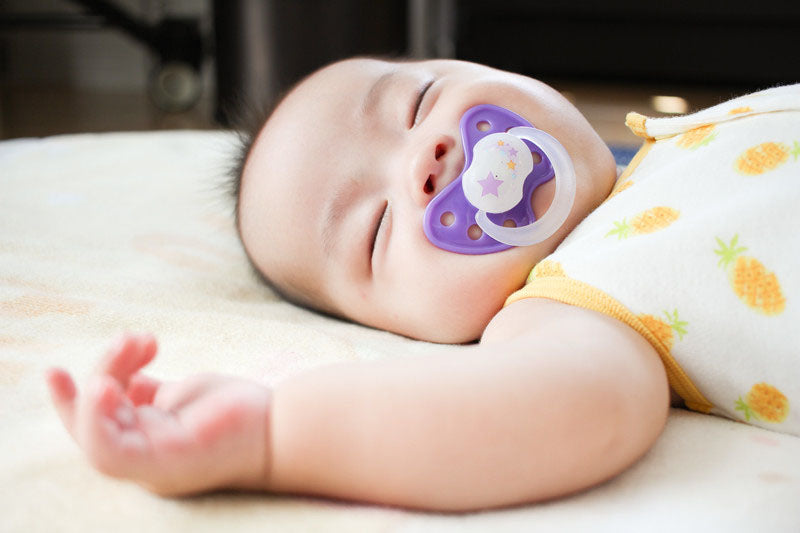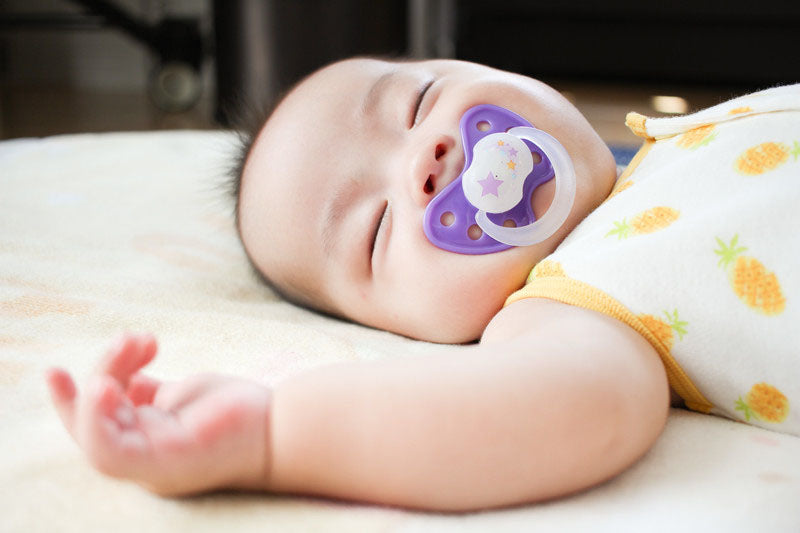
When does a baby start turning over? Explanation of points to keep in mind
#japaneseculture #japanlovers #japan #zen #japandi #japantravel #japantrip #Japanese traditional room #Japanese traditional room interior #Japanese modern #Japanese living #traditional crafts #traditional culture #Zen #old private house #old private house living #country #rural living #Buddhism #meditation #visitjapan #japanlovers #japan #zen #japandi #japantravel #japantrip # japaneseculture #japan_of_insta #japanlife #japanstyle #japanphoto #japanculture #japanlover #japangram #kyoto #tokyo
Babies who sleep on their backs as newborns are rapidly developing their motor skills during infancy, turning over and crawling. It is said that babies generally begin to turn over between 3 and 8 months of age, but this varies from person to person. Also, unlike the newborn period, there will be several points that you need to pay attention to as the baby's range of activities increases. In this issue, we will introduce the turning over of babies. We will also explain in detail about tatami mats recommended for babies.
What is turning over in the first place?

Newborn babies usually sleep on their backs, but changing their position from back to face down is called "turning over". Many people look forward to the moment of turning over, as the baby's neck becomes fully grown and the muscles of the body become strong enough to do so. At first, your baby may show signs of turning over by lying down or flapping his legs, but it is good to rejoice with him when he changes from a prone position to a firm prone position.
Turnover occurs between 3 and 8 months of age

The timing of when babies begin to turn over varies from baby to baby and from person to person. However, if there are no signs of turning over after 8 months and you are concerned, you can ask your baby about it at the time of medical checkups. In some cases, even if the child does not turn over easily, it may not be a problem as long as the muscles are well built and motor functions are well developed. If the child tries to turn over but is unsuccessful, you can support him or her by supporting his or her body or pulling out the arm that is caught between the body and the floor. It is not advisable to force them to practice, but it is important to enjoy and stimulate them together.
Cautions for turning over

When your baby is able to turn over, he or she will be able to move around the room. This means that you need to be aware of your surroundings and your baby's body position. First of all, when sleeping in bed or on the sofa, care must be taken to prevent the baby from turning over and falling off. If necessary, a bed guard can be attached to the baby's bed after safety checks have been made. Secondly, as the baby begins to turn over, there is a danger of the baby mouthing or accidentally ingesting things that have fallen on the floor. Even if you have a playmat on the floor, it could happen that he/she moves to the floor space when you notice, so keep the floor clean. Babies will eat anything, so it is important not only to clean the floor frequently, but also to keep the floor as free of objects as possible. The distance babies travel increases when they start to crawl, so it is best to take care of this from the time they turn over. Also, be careful not to turn over and fall asleep on your face, which can lead to suffocation if the baby's face is buried in a cushion or pillow.
Tatami mats are recommended for babies in the tossing and turning stage!
Many people may consider purchasing a play mat or mattress for their babies when they start turning over. If you have tatami space in your house, you can use tatami instead of a mat. Tatami has excellent cushioning and moderate firmness, and its smooth texture makes it safe to use even for babies in the tossing and turning stage. If you do not have a Japanese traditional room in your house, we recommend using unit tatami mats or rush grass mattresses, which are easy to install. They are lighter and easier to handle than ordinary tatami, and since they can be laid on flooring, they can be used safely even in rented rooms.
Why Tatami is recommended for babies
Tatami, which has been familiar to Japanese people since ancient times, has many merits unique to igusa, a natural material, such as excellent moisture absorption, deodorizing effect, and air purification effect. Tatami has excellent cushioning properties due to its structure, so even babies can use it with peace of mind. In addition, tatami, which is pleasant to touch and smell, can be expected to promote the development of babies' brains. In addition, Tatami, with its excellent moisture absorbency, absorbs sweat, making it ideal for babies who sweat easily. Unlike mattresses for infants, tatami has the merit of being able to be used for a long time as the child grows.
Cushioning properties.
Have you ever felt the soft and comfortable feeling when you walk on tatami? Tatami is made of tatami mats, which are layered with straw and other materials, and tatami mat surface, which is woven with natural rush grass, and is characterized by its excellent cushioning and comfort. Tatami itself provides cushioning for babies who have just started walking and are unsteady on their feet, as well as for those who are turning over. Compared to the ground outside or flooring, the risk of injury in the event of a fall is reduced. Even at the age of kindergarteners who play with their bodies to the fullest, Tatami can be used as a playground for children. However, there is a disadvantage that Tatami is a natural material, so it is prone to fraying and damage. Be careful not to let children scratch it with their fingernails or leave dirt on it while they are young so as not to accelerate deterioration. If you are concerned about spitting up, it is also recommended to place a mattress or other material on top of the tatami.
Promoting brain development
Unlike ordinary flooring, Tatami is made of woven rush grass, so babies can enjoy the unique texture of the weave and feel the cushioning, which is a good stimulus for them. In addition, since rush grass has a strong aroma unique to natural materials, you can expect not only to enjoy the sense of touch, but also to relax your baby's sense of smell. Tatami, with its excellent heat retention properties, is also attractive because children can easily play barefoot on it because they do not feel the coolness of the cool floor. You can use it as your child grows, from the period when he or she turns over to the period when he or she is crawling and until he or she is able to walk and play.
Tatami mats absorb sweat from babies.
Tatami has excellent moisture absorption properties, so it absorbs moisture in the summer and releases it in the dry winter months, which makes perfect sense. It also absorbs human sweat, so even babies who perspire easily can sleep comfortably without heat buildup. You will feel comfortable all year round. In addition, rush grass absorbs chemical substances that cause household odors and has excellent odor-eliminating effects, so it reduces unpleasant odors even during the sweaty season. Although it is not washable like a mattress, you will feel the comfort that only natural materials can provide.
Conclusion

From the newborn period, when babies move their hands and feet only a little, to the infant period, they gradually change to more humane movements, such as turning over in bed, crawling, and standing on their hands. These changes are a sign that the baby's body is gaining muscle mass and that its motor functions are developing. This change is also a sign that the baby's body is gaining muscles and motor skills, and that the baby's mind is growing as he or she can see and touch more things.
Turning over is part of the growth process, but it is a big challenge for your baby and should be monitored with proper knowledge. Some people use play mats for babies who are turning over, but we also recommend tatami mats for their comfort and functionality. Even in rented houses without Japanese traditional rooms, you can easily create a tatami space by using unit tatami mats. Unlike conventional tatami, many of them have a stylish appearance, so they can be easily matched with modern Western-style interiors and create a Japanese modern atmosphere.
